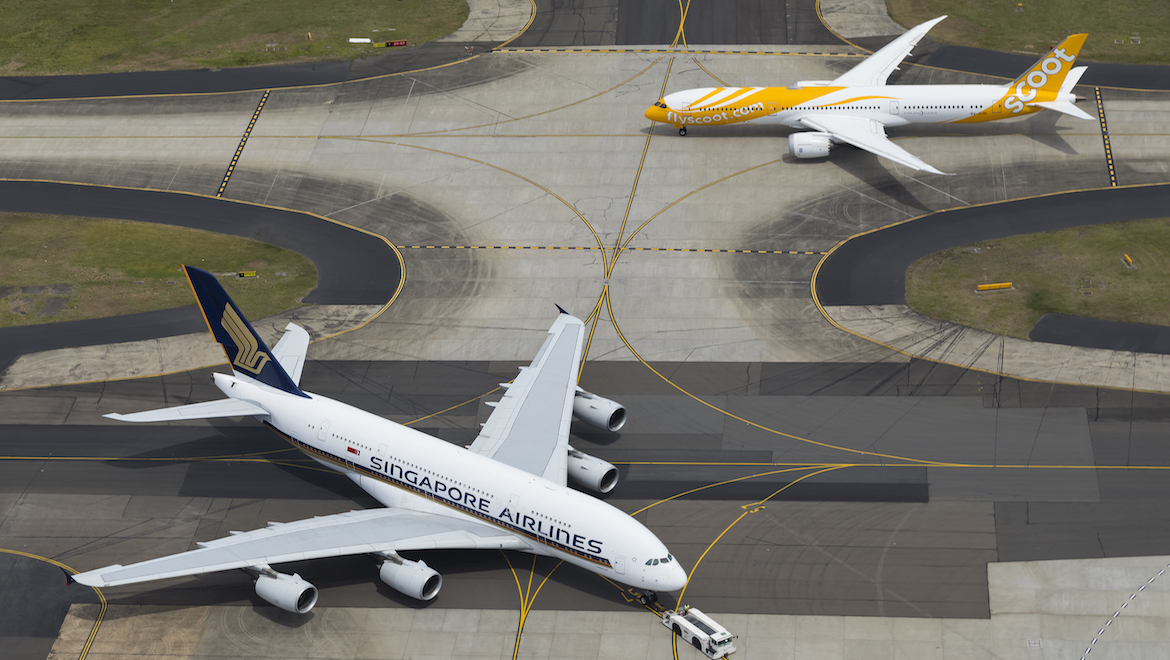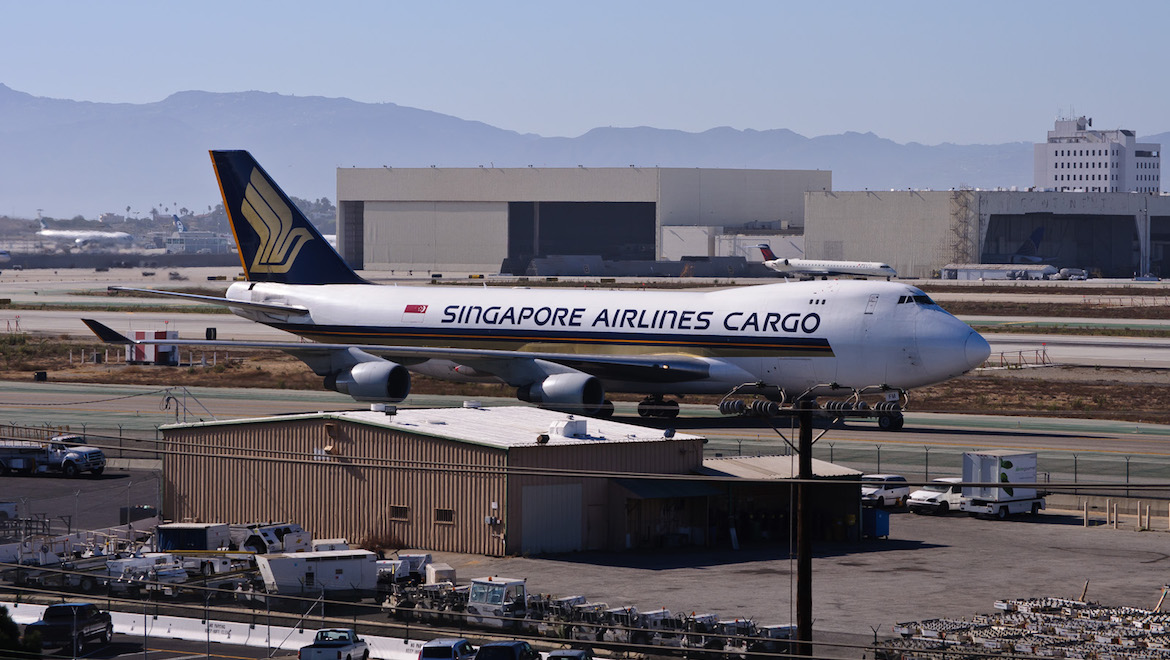
Singapore Airlines has reported strong passenger growth and struggling cargo volumes for August.
The monthly traffic and cargo figures published on Tuesday showed the airline group – comprising the parent airline Singapore Airlines, regional wing SilkAir and low-cost carrier (LCC) unit Scoot – carried 3.31 million passengers in August, an increase of 6.5 per cent from the prior corresponding period.
However, cargo volumes, measured in freight-tonne kilometres (FTK), tumbled 10.2 per cent August to 535.3 million tonnes, from 595.8 million tonnes in August 2018.
Cargo load factors were lower in all markets, with the largest declines for Europe (down 7.7 percentage points), followed by South West Pacific (down 7.3 percentage points) and East Asia (down 6.1 percentage points).
The figures mirrored the trend in the Airports Council International (ACI) traffic report published earlier in the week.
Market watchers have cited the ongoing heightened trade tensions – particularly over tariffs between China and the United States – as a particular negative for cargo market.

On a more positive note, revenue passenger kilometres (RPK), a measure of demand, rose 7.1 per cent, outstripping capacity growth, measured by available seat kilometres (ASK)) of 5.6 per cent.
Passenger load factors across the airline group rose by 1.2 percentage points to 86.4 per cent.
Looking at the three airlines in isolation, Singapore Airlines carried 1.915 million passengers in August, up 7.6 per cent from 1.779 million in the previous corresponding month.
Meanwhile, SilkAir carried 421,000 passengers, up 0.5 per cent from 419,000 in August 2018. And Scoot carried 977,000 passengers in August, up 7.1 per cent from 912,000 in August 2018.
All three airlines in the group operate in to and out of Australia.

Cathay Pacific also highlights tough cargo market
The tough cargo market was also highlighted in Cathay Pacific’s August operating statistics, which showed revenue tonne kilometres for the Hong Kong-headquartered airline group fell 7.2 per cent in the month, compared with a year ago.
Cathay Pacific group chief customer and commercial officer Ronald Lam said that while the cargo business continued to face headwinds, there was cause for optimism.
“Tonnage further deteriorated month-on-month across all regions, driven in particular by slow demand over the holiday season in different parts of the world, the effects of tropical storms and disruptions at Hong Kong International Airport,” Lam said in a statement on September 11.
“Ongoing geopolitical tensions continued to affect overall market sentiment.
“Nevertheless, our outlook for September is slightly more positive and we expect to see demand progressively improve, driven by project shipments and the restocking of inventory as we enter the traditionally high-demand season.”
While Singapore Airlines posted passenger growth across its three flying brands, Cathay Pacific and its regional wing Cathay Dragon both experienced significant declines in passenger traffic in August amid ongoing turmoil in Hong Kong.
The airline group carried 2.9 million passengers in August, which was 11.3 per cent fewer than the same month a year ago.
The mainland China market experienced the largest drop in demand, with RPKs tumbling 28.1 per cent in the month, followed by North East Asia (down 11.8 per cent) and South East Asia (down eight per cent).
Lam said August was an “incredibly challenging month”, noting tourist arrivals into the Special Administrative Region were “nearly half” what they usually were in what was normally a strong summer holiday month.
“Our inbound Hong Kong traffic was down 38 per cent while outbound was down 12 per cent year-on-year, and we don’t anticipate September being any less difficult,” Lam said.
Lam said Cathay Pacific would introduce some “short-term tactical measures” in response to the significant decline in forward bookings for the remainder of 2019, such as reducing capacity in certain markets for the six-month period from October 2019 to March 2020.
In April, Cathay Pacific announced it was ending nonstop flights between Cairns and Hong Kong in late October.















